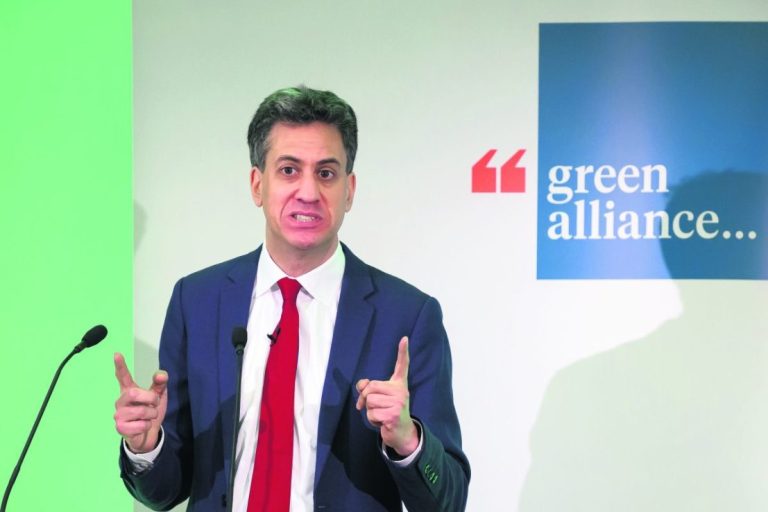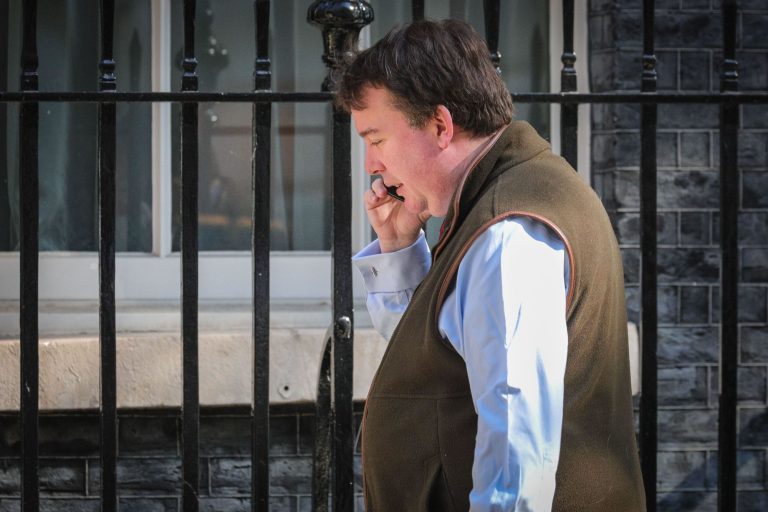
WH Smith, a historic name in the retail sector, is set for a strategic shift as it positions itself aggressively within the growing travel retail market. With the recent sale of its UK high street stores, the company is poised to update investors on its future direction and address concerns relating to the impact of US tariffs on its margins and growth outlook.
Strategic Transition: From High Street to Global Travel Retail
In what marks a significant change in its business strategy, WH Smith has divested its 480 high street stores in a transaction valued at approximately £76 million, with Modella Capital, owner of Hobbycraft, acquiring the division. This move is reflective of WH Smith’s ambition to concentrate more on its burgeoning travel sector, which now constitutes the majority of its sales and profits. The travel division encompasses a wide footprint, with more than 1,200 retail locations in 32 different countries and includes shops in airports and hospitals, underscoring the company’s shift towards catering primarily to travelers.
With this restructure, the high street chain will be rebranded as TGJones. This transition signals WH Smith’s commitment to heavily investing in its travel retail operations, betting on the increased mobility of consumers post-pandemic. Chief executive Carl Cowling has highlighted this sale as a decisive step in their goal to become a leading global travel retailer.
Eye on Economic Indicators and Tariff Impacts
As WH Smith reorients its business model, investors are keenly focused on how the company plans to navigate the complexities of the economic environment, particularly concerning US tariffs imposed under the Trump administration. These tariffs could impact the prices of goods sourced or sold in the US, which is a major market for WH Smith, especially through its ownership of Marshall Retail Group (MRG) and InMotion stores. Analysts from Investec have pointed out that approximately 28% of sales and 30% of profits for this financial year are projected to come from the US market. There is speculation that rather than the tariffs, a broader macroeconomic slowdown might pose a greater threat to sales volumes, particularly affecting passenger traffic in airports.
WH Smith, facing potential cost pressures, is likely to discuss measures to mitigate these issues, including the possibility of passing increased costs on to consumers via higher prices for own-label products. This aspect would be crucial for maintaining profitability amid changing economic policies and trading conditions.
Future Outlook and Profitability
WH Smith is anticipated to report a headline pre-tax profit of £43 million for the preceding six months, a slight dip compared to the previous year, attributed to reduced profitability from the high street division. However, the company’s profitability is projected to strengthen in the second half, fueled by a seasonal uptick in traveler numbers frequenting its airport retail spaces. Investors will be particularly interested in management’s outlook regarding how they plan to leverage their global network to maximize return on investment and enhance shareholder value.
With the upcoming updates, WH Smith aims to reassure stakeholders of its adaptive capabilities and strategic foresight in expanding its travel retail dominance, mitigating external economic challenges, and maintaining a competitive edge in the evolving retail landscape.



